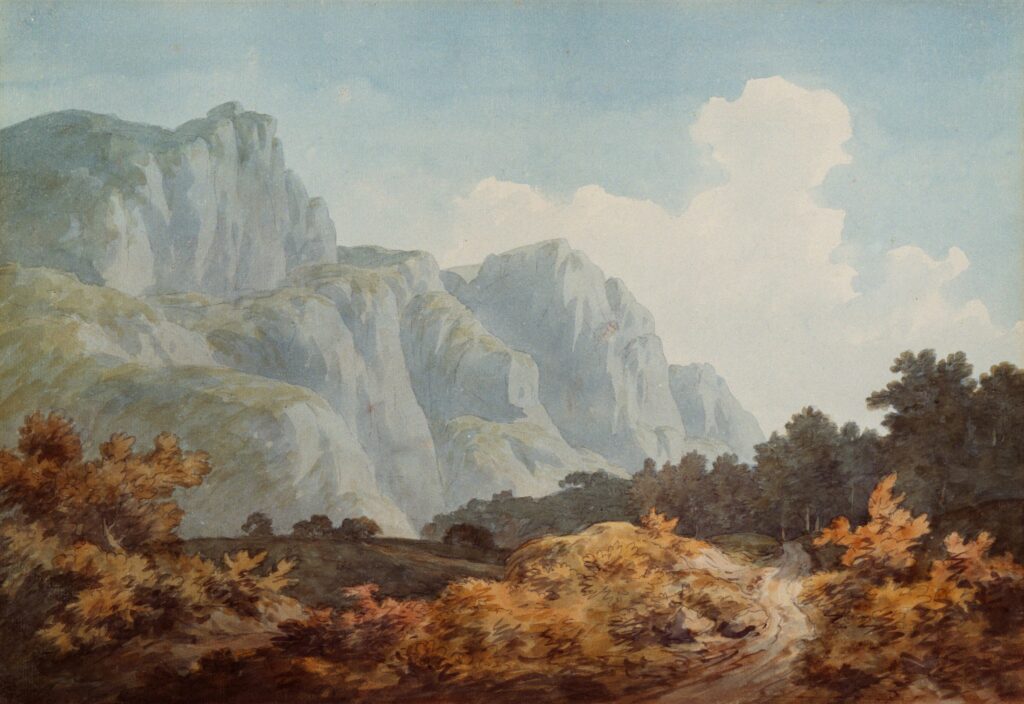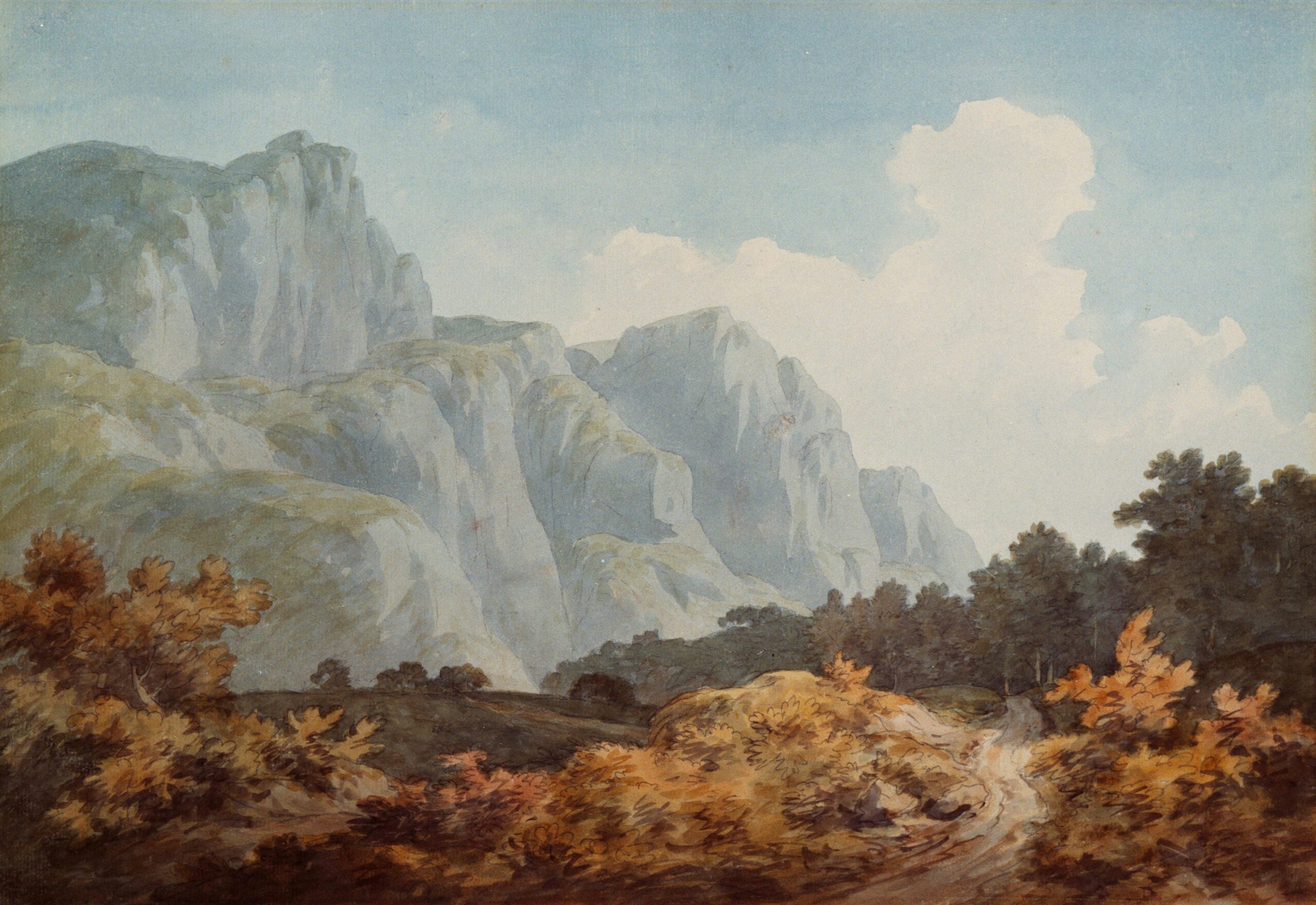The art market is currently facing a number of challenges, including a decline in sales and a recent cyberattack at Christie’s. While speculation drove art prices to new heights during the pandemic, the market has since experienced a significant decrease in sales, with the average price of artworks sold at auction decreasing by 32 percent in 2023. Additionally, a cyberattack at Christie’s has raised concerns about the impact on buyers and sellers. Despite these challenges, the spring auction season is set to begin, with over 1,700 works of modern and contemporary art expected to be offered. However, analysts remain cautious and uncertain about the future of the art market.
Overview of the Art Market
The art market is currently facing challenges due to declining sales and a recent cyberattack at Christie’s. These factors have had significant impacts on various aspects of the art market, including the website shutdown, uncertainty for buyers and sellers, decline in bidding wars, collapse of young artists’ secondary markets, and cautious sentiment among auction houses. This article will provide a comprehensive analysis of these effects and discuss the study conducted by Bank of America Private Bank on the largest decline in auction prices in seven years. Additionally, the article will examine how these challenges have affected artists, collectors, and auction houses, as well as explore potential recovery strategies and the future outlook of the art market.
Effects of the Cyberattack
The cyberattack at Christie’s resulted in the shutdown of the company’s website, which has had significant consequences for the art market. Buyers and sellers are now facing uncertainty regarding the fate of their confidential data and the impact on ongoing auctions. The website shutdown has also affected the ability to conduct online bidding, which is a major component of the art market. This cyberattack highlights the vulnerability of the art market to digital threats and further emphasizes the need for enhanced cybersecurity measures.

Spring Auction Season
The upcoming spring auction season is expected to feature a large number of works of modern and contemporary art, with an estimated value of $1.2 billion to $1.8 billion. However, this represents a decline from the market’s peak in 2022, when the spring season generated $2.8 billion. The decline in value is reflective of the decrease in bidding wars that characterized the art market during the pandemic. Instead, there has been a shift towards prearranged “guarantee” deals, which ensure that paintings will sell for a minimum price. This shift in strategy has impacted the dynamics of the art market and altered the behavior of buyers and sellers.
Decline in Bidding Wars
The decline in bidding wars is a significant shift in the art market. Previously, the art market was fueled by intense competition among buyers for prized works of art, driving prices to new heights. However, the market has now shifted towards prearranged “guarantee” deals, where the price is predetermined before the auction takes place. This shift has led to a loss of speculators in the market, as the dynamics have changed and the potential for high returns has decreased. The decline in bidding wars has also impacted the overall sentiment in the art market, with caution being exercised by both buyers and sellers.

Collapse of Young Artists’ Secondary Markets
Another notable effect of the declining sales and changing dynamics in the art market is the collapse of young artists’ secondary markets. Speculators, who were previously driving up prices for young artists’ works, have now exited the market. This exodus of speculators has had a negative impact on prices, as the demand for young artists’ works has decreased significantly. As a result, young artists are facing challenges in finding buyers for their works and establishing themselves in the art market. This collapse of the young artists’ secondary markets further highlights the volatility of the art market and the need for stability and sustained demand.
Study by Bank of America Private Bank
A recent study conducted by Bank of America Private Bank indicates that auction prices in the art market have experienced the largest decline in seven years. The average price of artworks sold at auction in 2023 decreased by 32 percent, signaling a significant downturn in the market. This decline in auction prices has led to cautious sentiment among auction houses, with many embracing more conservative estimates for future auctions. Additionally, some market players have chosen to sit on the sidelines and wait for the market to stabilize before engaging in significant buying or selling activities.

Effects on Art Market Players
The declining sales and cyberattack at Christie’s have had varying effects on different players in the art market. Artists are facing challenges in finding buyers for their works, especially young artists whose secondary markets have collapsed. Collectors are experiencing a shift in the dynamics of the market, with a decrease in bidding wars and a rise in prearranged deals. Auction houses are navigating through uncertain times, with cautious sentiment and the need to adapt to the changing landscape of the art market. These effects highlight the interconnectedness of the art market and the need for collaboration and innovative strategies among the various players.
Recovery Strategies
In response to the challenges faced by the art market, recovery strategies are being implemented to revive the market and restore stability. Conservative estimates are being embraced by auction houses, reflecting a cautious approach to pricing artworks. Market players are also waiting for the market to stabilize before engaging in significant buying or selling activities. These recovery strategies aim to restore confidence in the art market and establish a foundation for future growth and prosperity.
Future Outlook of the Art Market
The future outlook of the art market remains uncertain, given the challenges it currently faces. The declining sales, cyberattack, and collapse of young artists’ secondary markets have created a sense of uncertainty among buyers and sellers. However, there is also potential for market revival, as recovery strategies are implemented and the market adapts to changing dynamics. The art market has demonstrated resilience in the past, and it is possible that it will overcome the current challenges and once again thrive.
Conclusion
The art market is currently facing significant challenges due to declining sales and a recent cyberattack at Christie’s. These challenges have resulted in a website shutdown, uncertainty for buyers and sellers, a decline in bidding wars, and the collapse of young artists’ secondary markets. A study conducted by Bank of America Private Bank highlights the largest decline in auction prices in seven years and the cautious sentiment among auction houses. Artists, collectors, and auction houses are all navigating through uncertain times and facing unique challenges. However, recovery strategies are being implemented, and there is potential for the art market to revive and regain stability. The art market will continue to evolve and adapt, as it has in the past, and future prospects remain hopeful.

